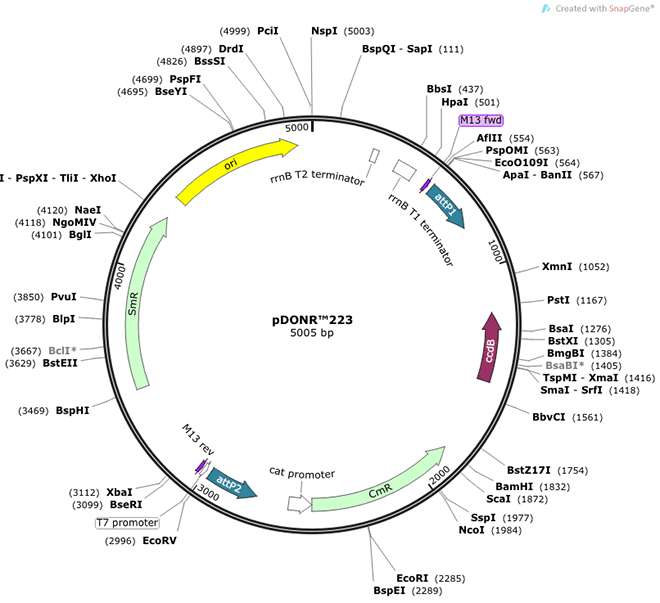The protein encoded by this gene is a member of the transmembrane 4 superfamily, also known as the tetraspanin family. Most of these members are cell-surface proteins that are characterized by the presence of four hydrophobic domains. The proteins mediate signal transduction events that play a role in the regulation of cell development, activation, growth and motility. This encoded protein is found in the asymmetrical unit membrane (AUM) where it can complex with other transmembrane 4 superfamily proteins. It may play a role in normal bladder epithelial physiology, possibly in regulating membrane permeability of superficial umbrella cells or in stabilizing the apical membrane through AUM/cytoskeletal interactions. The protein may also play a role in tumor suppression. Alternative splicing results in multiple transcript variants of this gene. [provided by RefSeq, Jul 2013]
人 UPK1A (NM_007000) cDNA克隆
| 人 UPK1A (NM_007000) cDNA克隆 | transcript variant 1 |
| 人 UPK1A (NM_001281443) cDNA克隆 | transcript variant 2 |


